Home>Gardening & Outdoor>Landscaping Ideas>What Is Grass Grub
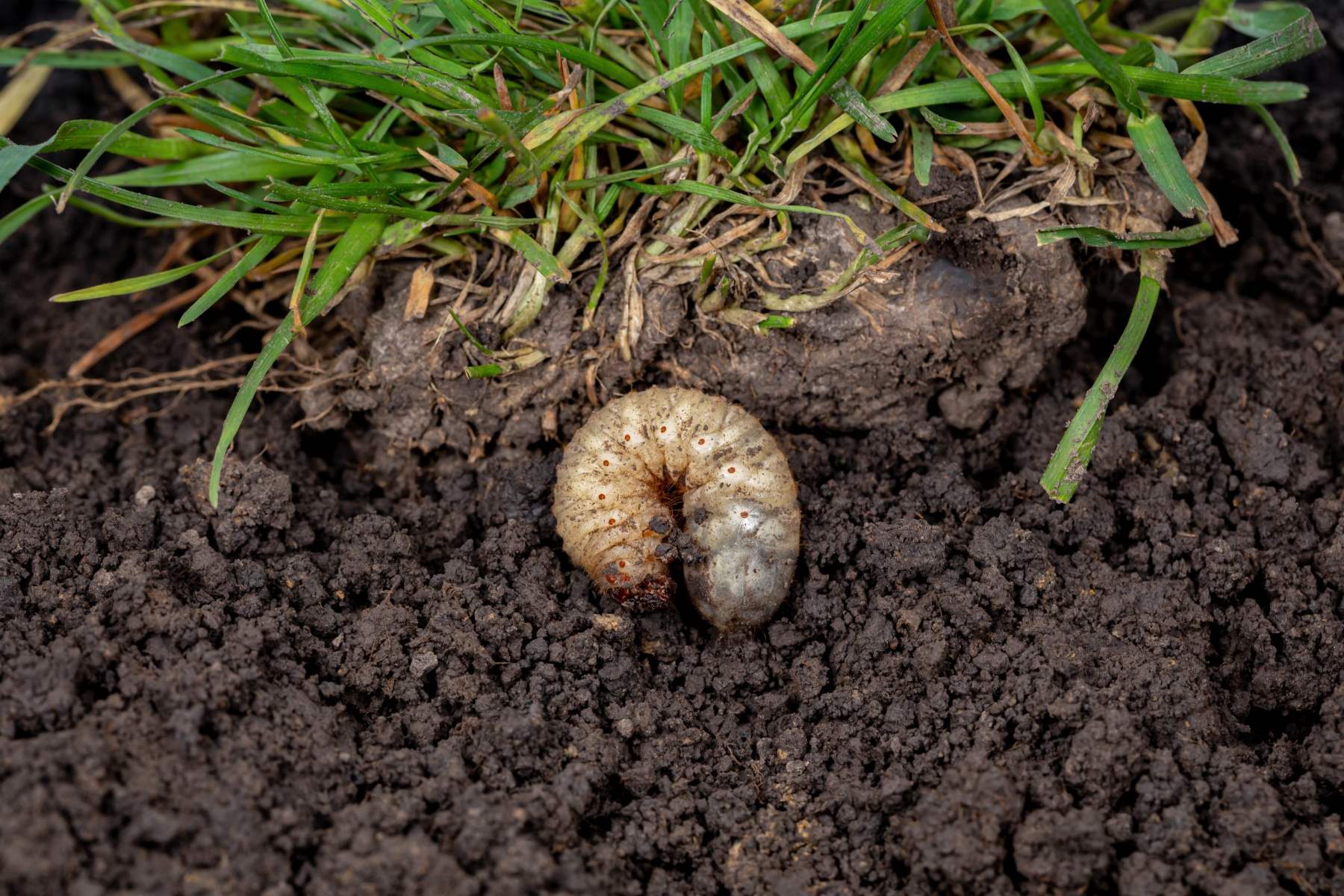

Landscaping Ideas
What Is Grass Grub
Modified: March 26, 2024
Learn about the impact of grass grubs on your lawn and get landscaping ideas to prevent and control their damage. Discover effective solutions for a healthy, grub-free lawn.
(Many of the links in this article redirect to a specific reviewed product. Your purchase of these products through affiliate links helps to generate commission for Storables.com, at no extra cost. Learn more)
Introduction
Introduction
Grass grubs, also known as white grubs, are the larvae of various species of beetles, including the common June beetle and the Japanese beetle. These voracious pests are notorious for wreaking havoc on lawns, gardens, and agricultural fields. Understanding the characteristics, life cycle, and the damage caused by these pests is crucial for effective control and prevention. In this article, we will delve into the world of grass grubs, exploring their traits, life cycle, and the methods for mitigating their impact on landscapes. Whether you're a homeowner, gardener, or professional landscaper, arming yourself with knowledge about grass grubs is essential for maintaining healthy and vibrant outdoor spaces. Let's embark on a journey to uncover the secrets of this underground menace and learn how to combat their destructive tendencies.
Key Takeaways:
- Grass grubs, or white grubs, are beetle larvae that wreak havoc on lawns and gardens by feeding on grassroots, causing wilting and browning of grass. Understanding their life cycle and damage is crucial for effective control and prevention.
- To combat grass grubs, implement cultural practices like proper irrigation, introduce natural predators, and monitor for signs of infestation. Integrated pest management and professional consultation can help minimize their impact on outdoor spaces.
Read more: What Do Grubs Do To Grass
Characteristics of Grass Grub
Grass grubs are the larval stage of several beetle species, and they are a common sight in lawns and grassy areas. These C-shaped larvae have distinct characteristics that set them apart from other soil-dwelling pests. Understanding these traits is crucial for identification and effective pest management.
- Physical Appearance: Grass grubs typically range in size from 1/2 to 1 inch in length, with creamy white bodies and distinct brown heads. Their C-shaped bodies are plump and somewhat translucent, allowing observers to see the contents of their digestive tracts. These plump bodies are a result of their voracious appetite for grassroots, which they consume with fervor.
- Behavior: These subterranean pests are most active during the spring and fall, when soil moisture levels are conducive to their survival and feeding habits. They feed on the roots of grasses and other plants, causing significant damage to turf and landscapes. Their feeding activity can result in patches of dead or dying grass, which can be a telltale sign of a grass grub infestation.
- Habitat: Grass grubs prefer moist, well-drained soil, and they are often found in lawns, golf courses, and pastures. They tunnel through the soil in search of roots to feed on, and their presence can disrupt the integrity of the turf, leading to brown patches and weakened grass.
- Life Cycle: Grass grubs undergo complete metamorphosis, progressing through egg, larval, pupal, and adult stages. Understanding their life cycle is essential for effective pest management, as different control methods are most effective at specific stages of their development.
- Identification: Identifying grass grubs can be challenging, as they spend the majority of their lives underground. However, signs of their presence, such as damaged turf, increased bird activity (as birds feed on the grubs), and the appearance of adult beetles in the vicinity, can indicate a potential infestation.
By familiarizing yourself with the characteristics of grass grubs, you can better equip yourself to detect and address potential infestations before significant damage occurs. In the following sections, we will explore the life cycle of grass grubs and delve into the damage they can cause to landscapes, providing insights into effective control and prevention strategies.
Life Cycle of Grass Grub
The life cycle of grass grubs encompasses several distinct stages, each of which plays a crucial role in their development and impact on landscapes. Understanding this life cycle is essential for implementing targeted control and prevention measures at the most effective times.
Egg Stage: The life cycle begins when adult beetles lay their eggs in the soil during the summer months. These eggs hatch into small, white larvae within a few weeks, initiating the next stage of the grass grub’s life cycle.
Larval Stage: The newly hatched larvae, known as grass grubs, immediately begin feeding on grassroots and organic matter in the soil. They undergo several molts as they grow, gradually increasing in size and voracity. This stage can last from one to three years, depending on environmental conditions and the specific beetle species. During this time, the grubs cause significant damage to turf and landscapes as they voraciously consume roots, leading to weakened and discolored grass.
Pupal Stage: As the larvae mature, they enter the pupal stage, constructing earthen cells in the soil where they undergo transformation into adult beetles. This stage typically occurs in the spring, and the pupae remain dormant until they emerge as adult beetles.
Adult Stage: Emerging from the soil as adult beetles, the cycle begins anew as the beetles seek mates and lay eggs, perpetuating the life cycle of grass grubs. The adult beetles are often seen flying around lawns and gardens, and their presence can serve as a warning sign of potential grub infestations in the soil.
It is important to note that the timing of these life cycle stages can vary based on environmental factors, including temperature, moisture levels, and soil conditions. By understanding the life cycle of grass grubs, property owners and landscapers can strategically implement control and prevention measures to target the most vulnerable stages of the grubs’ development.
Next, we will explore the damage caused by grass grubs and the implications for landscapes, providing insights into the signs of infestation and the potential repercussions for turf and gardens.
Tip: Grass grub is the larval stage of a beetle that feeds on grass roots, causing damage to lawns and pastures. To control them, use biological control methods like nematodes or apply insecticides in early spring or late summer.
Damage Caused by Grass Grub
Grass grubs are notorious for the damage they inflict on lawns, gardens, and other grassy landscapes. Their voracious appetite for grassroots can result in visible and disruptive effects, impacting the overall health and aesthetic appeal of outdoor spaces. Understanding the potential damage caused by grass grubs is essential for early detection and effective mitigation strategies.
Turf Damage: One of the most evident signs of a grass grub infestation is the damage they inflict on turf. As the larvae feed on grassroots, the affected areas of the lawn may exhibit wilting, browning, and thinning of the grass. Patches of dead or dying grass can emerge, creating unsightly and uneven areas across the lawn. These damaged areas are often more apparent during periods of drought or stress, exacerbating the impact of the infestation on the overall appearance of the turf.
Weakened Grass: In addition to visible turf damage, grass grubs can weaken the overall vigor and resilience of the grass. With their relentless feeding on roots, the grass becomes more susceptible to environmental stressors, such as heat, cold, and foot traffic. Weakened grass is less able to recover from damage, making it more prone to further decline and compounding the challenges of maintaining a healthy lawn.
Increased Pest Activity: Grass grubs can attract secondary pests, such as birds, raccoons, and skunks, which feed on the grubs in the soil. This increased pest activity can further disrupt the landscape, as these animals may tear up the turf in search of grubs, causing additional damage and creating unsightly disturbances.
Environmental Impact: Beyond the immediate effects on lawns and gardens, the damage caused by grass grubs can have broader environmental implications. Weakened grass and disrupted soil ecosystems can impact the overall biodiversity and ecological balance of the landscape, underscoring the far-reaching consequences of unchecked grass grub infestations.
By recognizing the signs of damage caused by grass grubs, property owners and landscapers can take proactive measures to address infestations and mitigate the impact on outdoor spaces. In the following section, we will explore control and prevention strategies for managing grass grubs and safeguarding the health and vitality of lawns and landscapes.
Control and Prevention of Grass Grub
Effectively managing grass grubs requires a multifaceted approach that combines proactive prevention strategies with targeted control measures. By integrating these methods, property owners and landscapers can mitigate the impact of grass grubs and safeguard the health and vitality of lawns and landscapes.
Cultural Practices: Implementing sound cultural practices can create an environment that is less conducive to grass grub infestations. Practices such as proper irrigation, aeration, and mowing can promote healthy turf and enhance its resilience to pest pressure. Maintaining optimal soil moisture and promoting robust root growth can reduce the susceptibility of grass to grub damage.
Biological Control: Introducing natural predators of grass grubs, such as certain nematodes and microbial agents, can help suppress grub populations. These biological control agents target the grubs in the soil, reducing their numbers and mitigating their impact on the turf. Additionally, fostering a diverse and balanced ecosystem in the landscape can support natural predators that contribute to the control of grass grubs.
Chemical Treatments: In cases of severe infestations or when other control methods have proven ineffective, targeted chemical treatments may be warranted. Applying insecticides specifically formulated for controlling grass grubs can help reduce their numbers and limit the damage they cause. It is essential to follow product labels and application guidelines to ensure effective and responsible use of chemical treatments.
Early Detection and Monitoring: Regularly monitoring lawns and grassy areas for signs of grass grub activity is crucial for early detection and intervention. Observing areas of wilting or browning grass, increased pest activity, and the presence of adult beetles can signal the need for further investigation and potential treatment.
Integrated Pest Management (IPM): Adopting an integrated pest management approach that combines various control strategies can optimize the management of grass grubs while minimizing environmental impact. By integrating cultural, biological, and chemical control methods as needed, property owners and landscapers can tailor their approach to the specific conditions and severity of the infestation.
Professional Consultation: In cases of persistent or extensive grass grub infestations, seeking the expertise of professional pest management specialists or agronomists can provide valuable insights and tailored solutions. These professionals can assess the extent of the infestation, recommend appropriate control measures, and guide long-term prevention strategies to protect the landscape.
By integrating these control and prevention strategies, property owners and landscapers can effectively manage grass grubs and minimize their impact on lawns and landscapes. Proactive measures, early detection, and a comprehensive approach to pest management are essential for maintaining healthy and vibrant outdoor spaces in the presence of these underground pests.
Frequently Asked Questions about What Is Grass Grub
Was this page helpful?
At Storables.com, we guarantee accurate and reliable information. Our content, validated by Expert Board Contributors, is crafted following stringent Editorial Policies. We're committed to providing you with well-researched, expert-backed insights for all your informational needs.
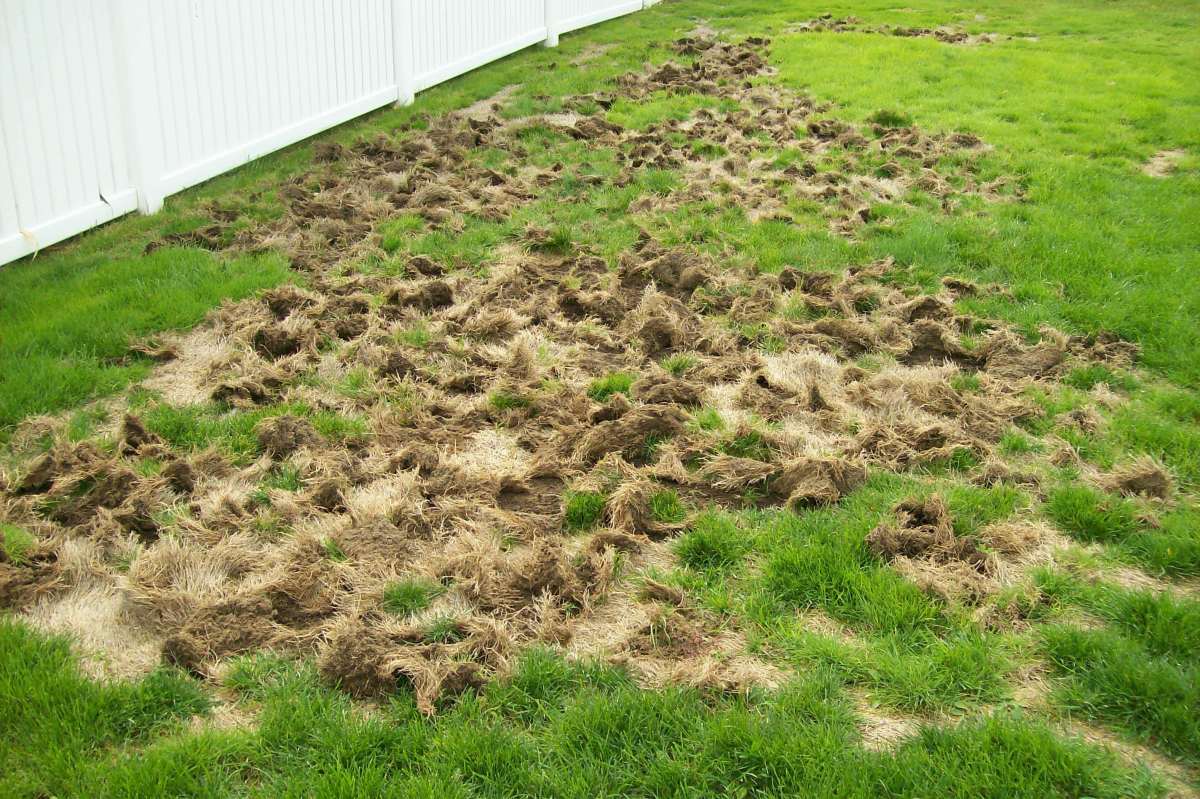
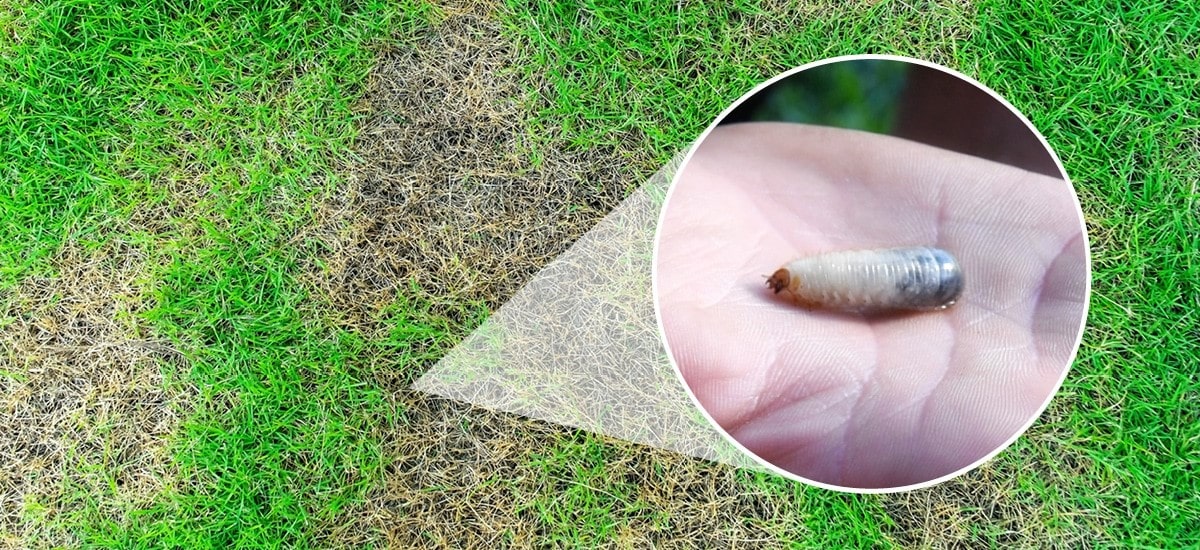
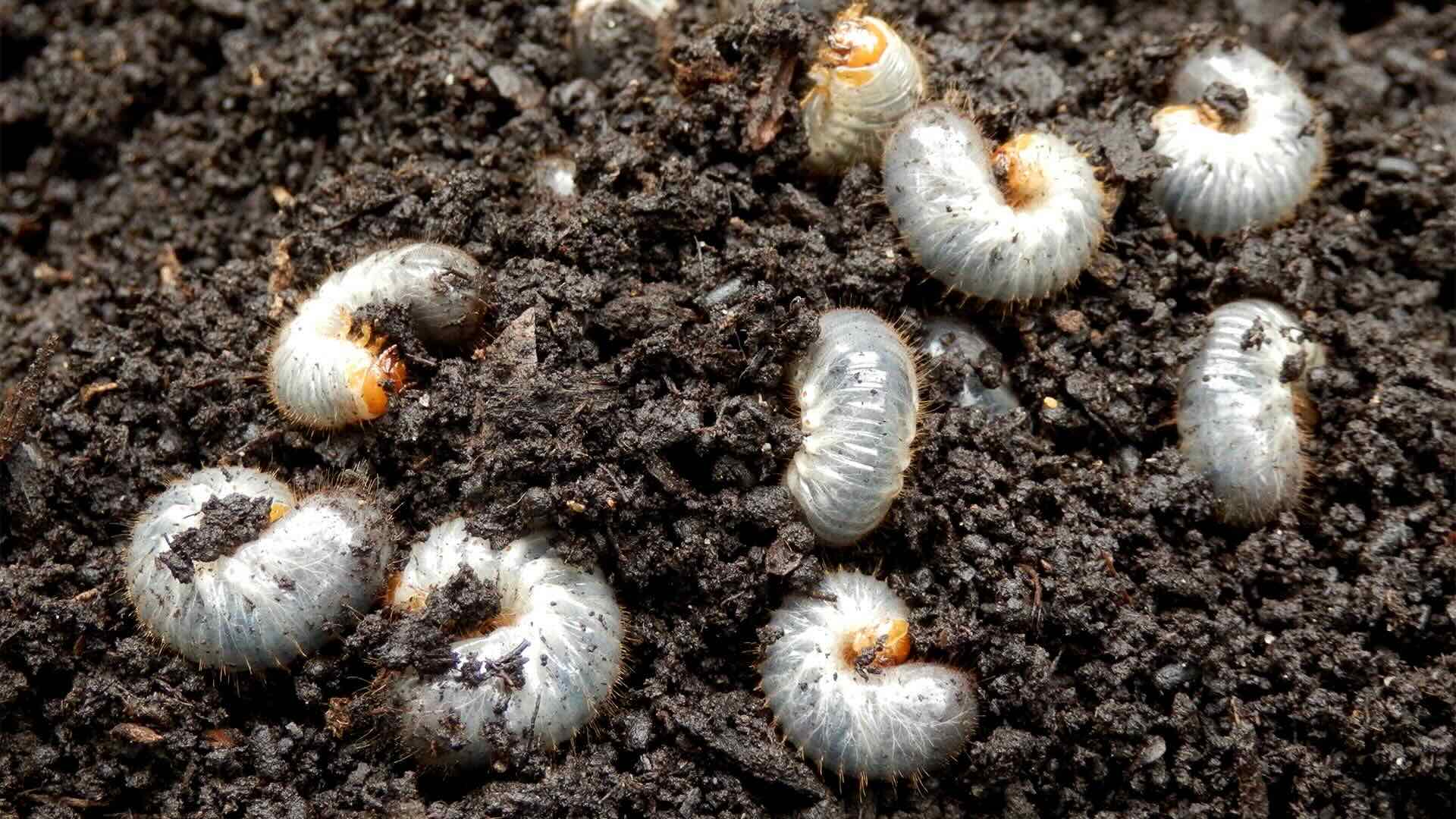
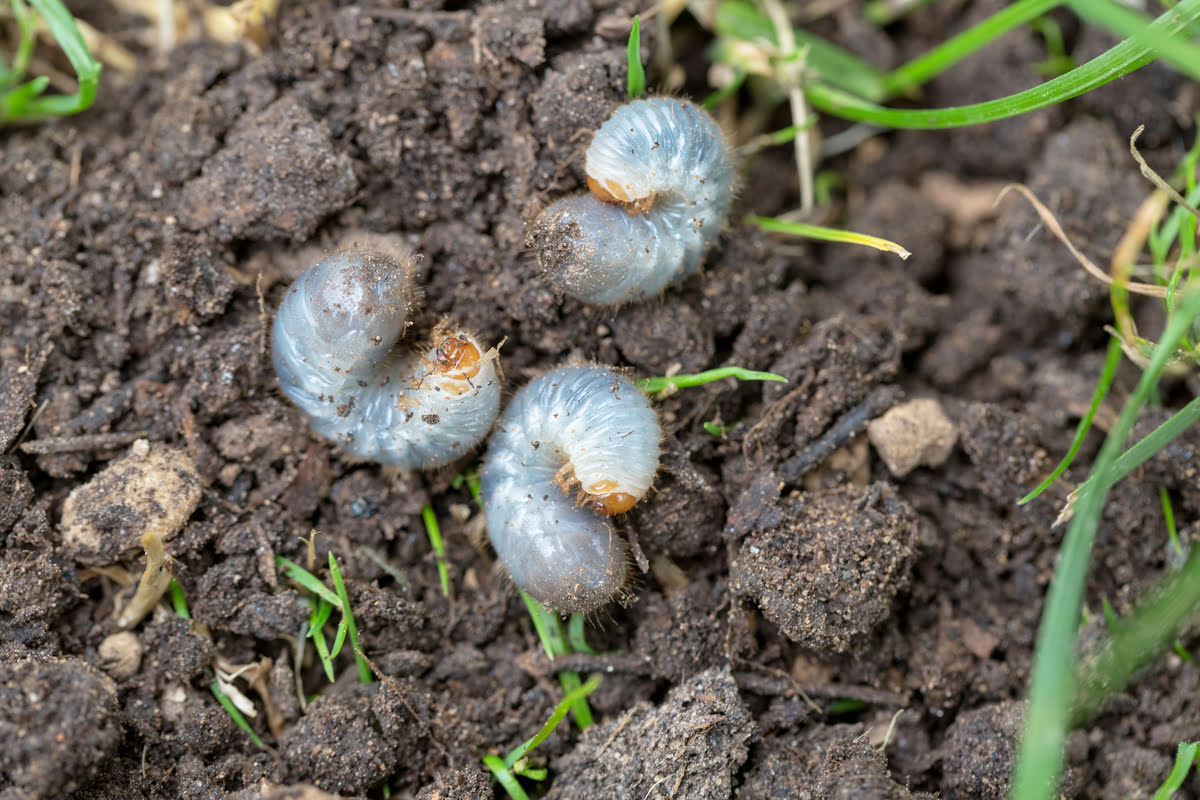
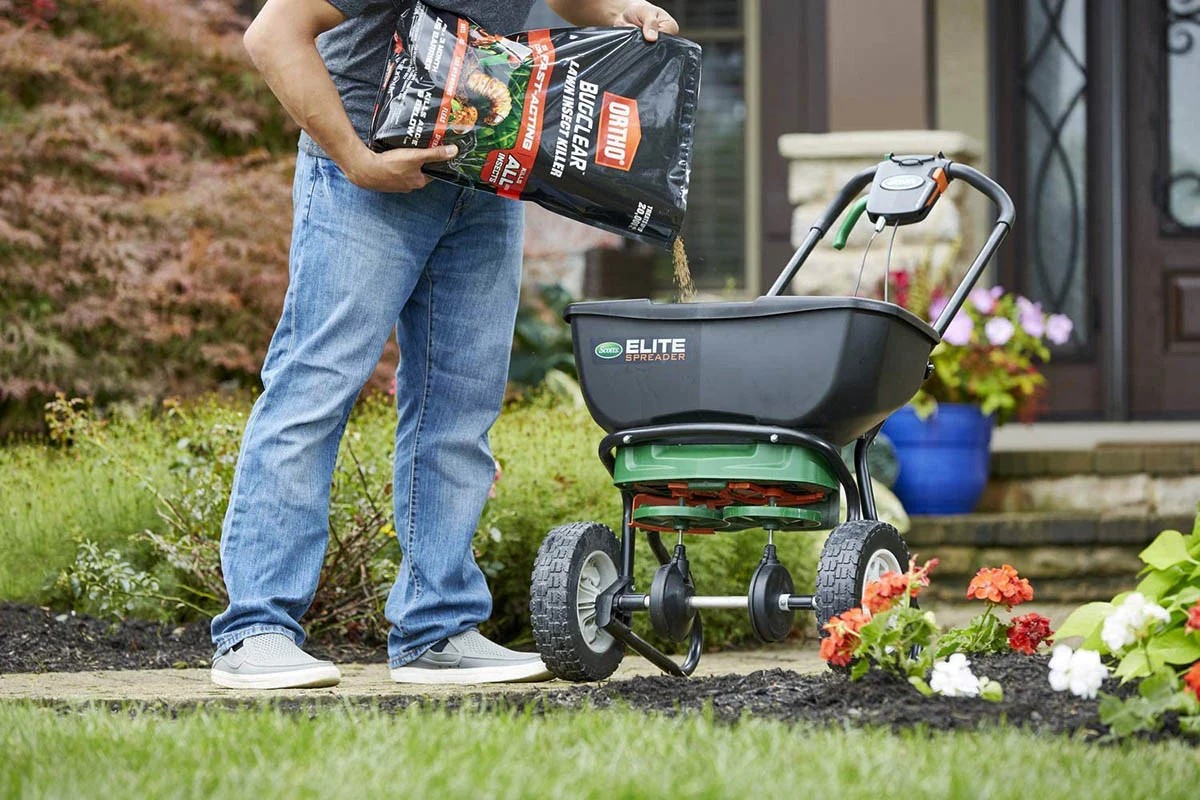

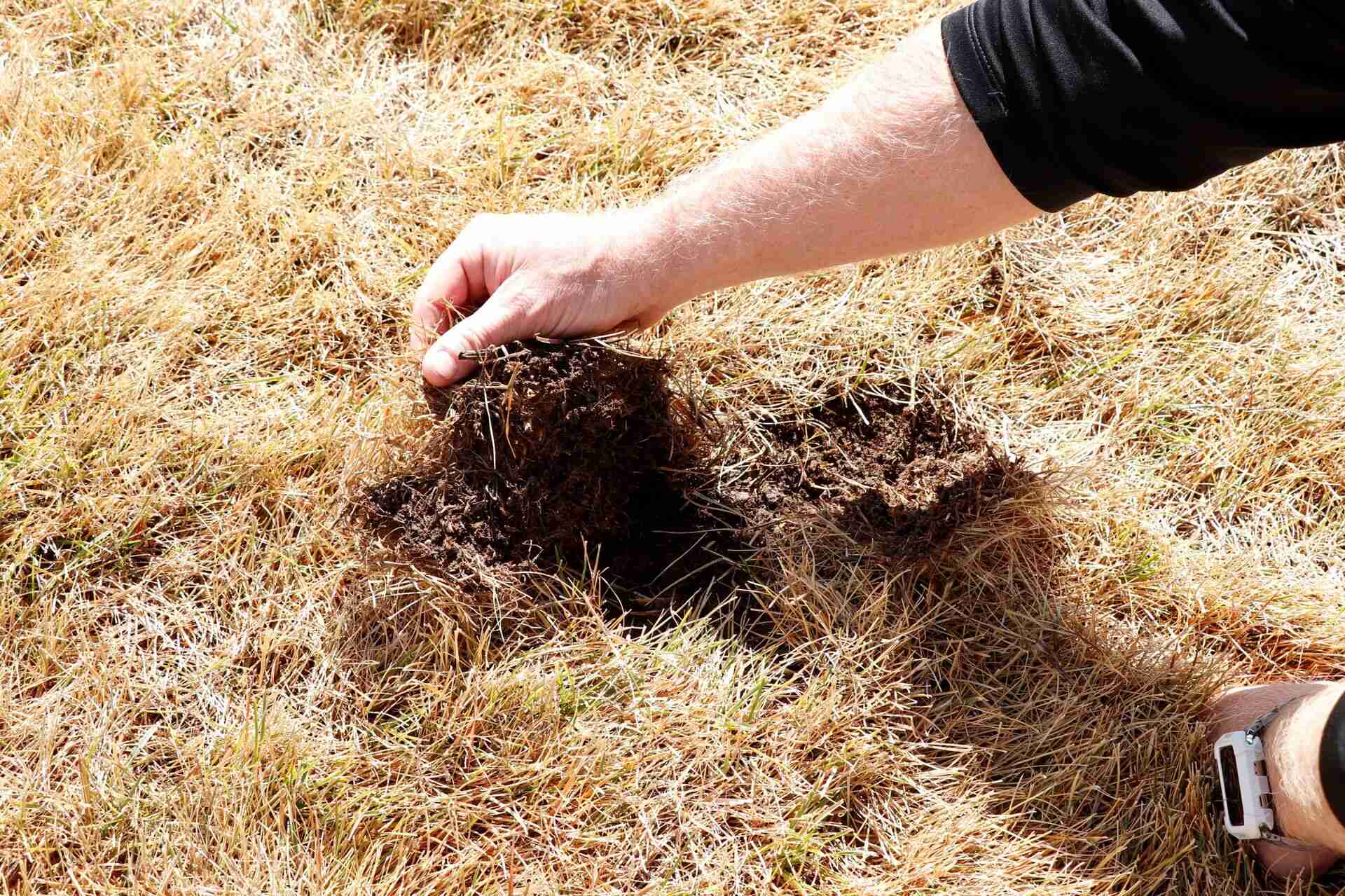
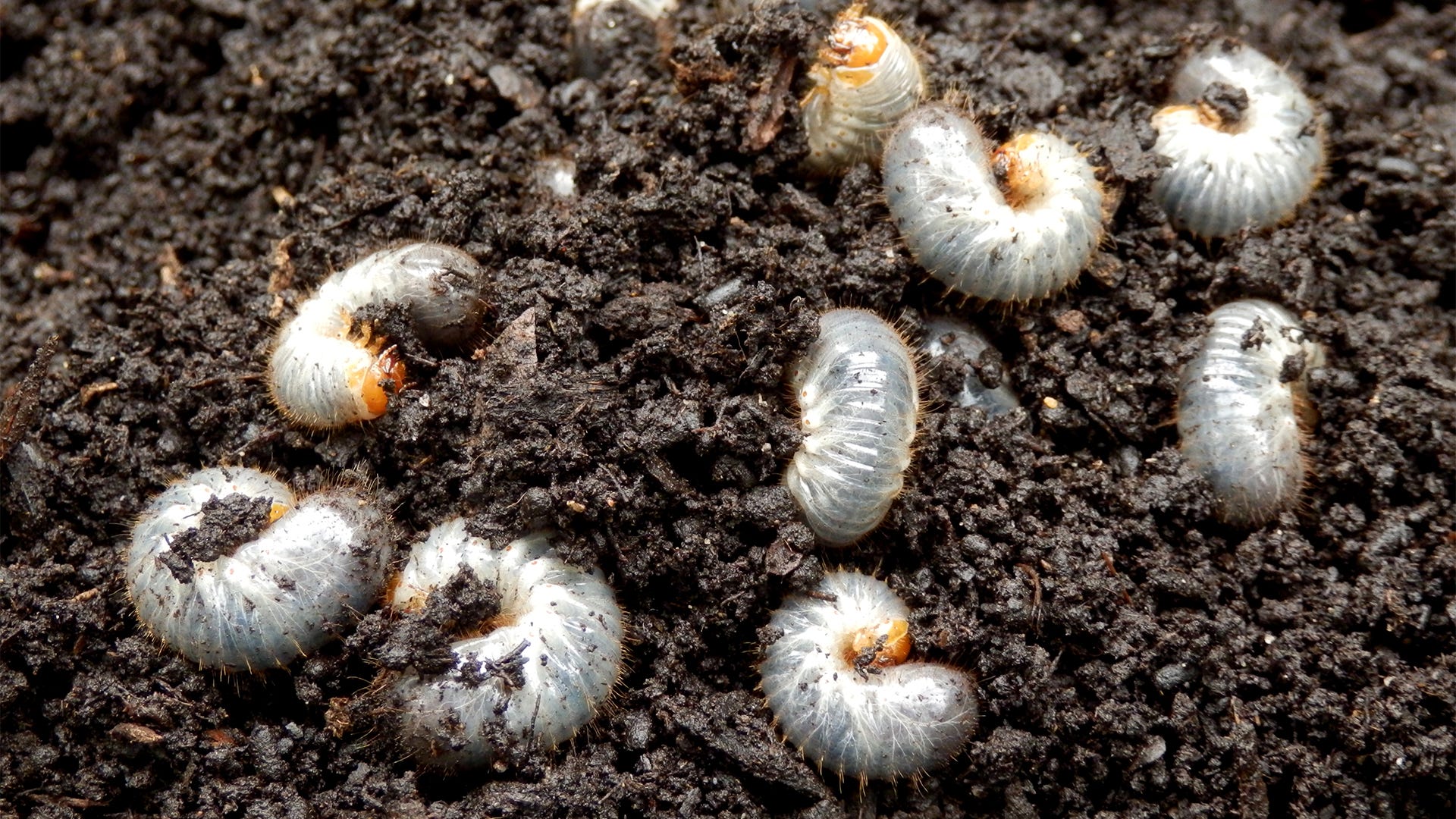
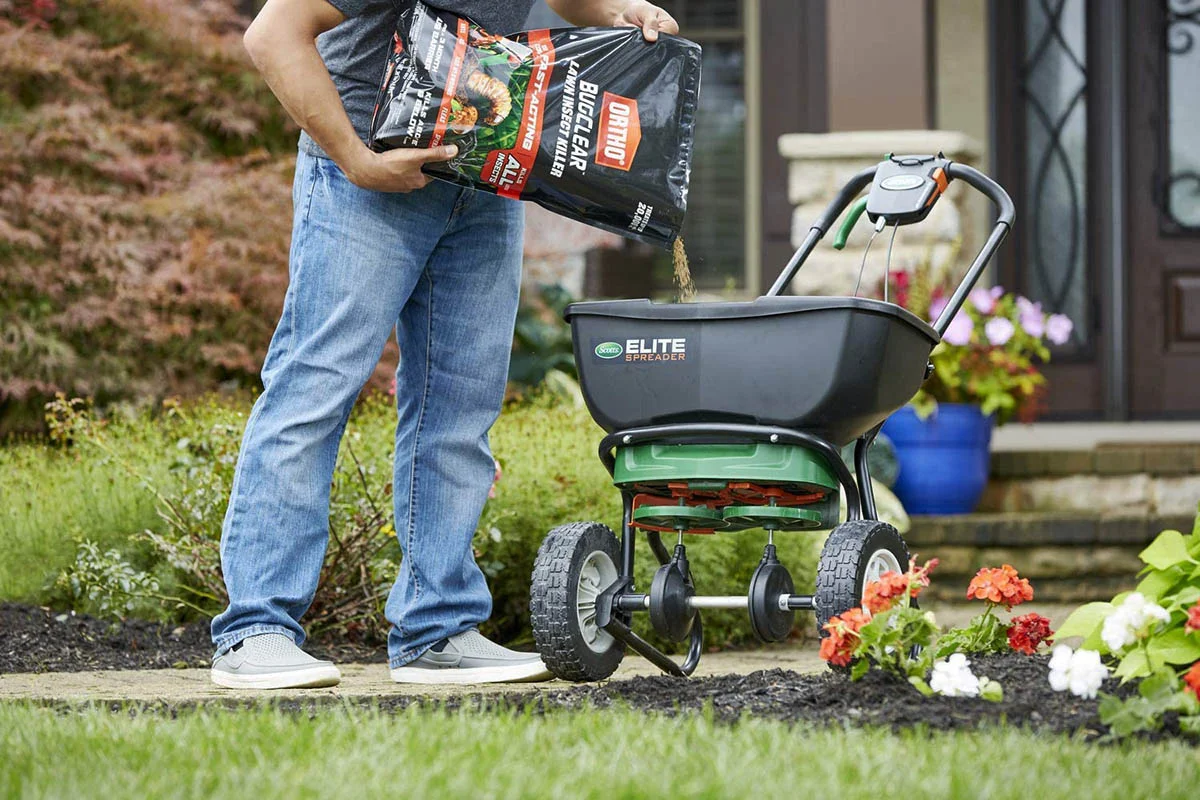
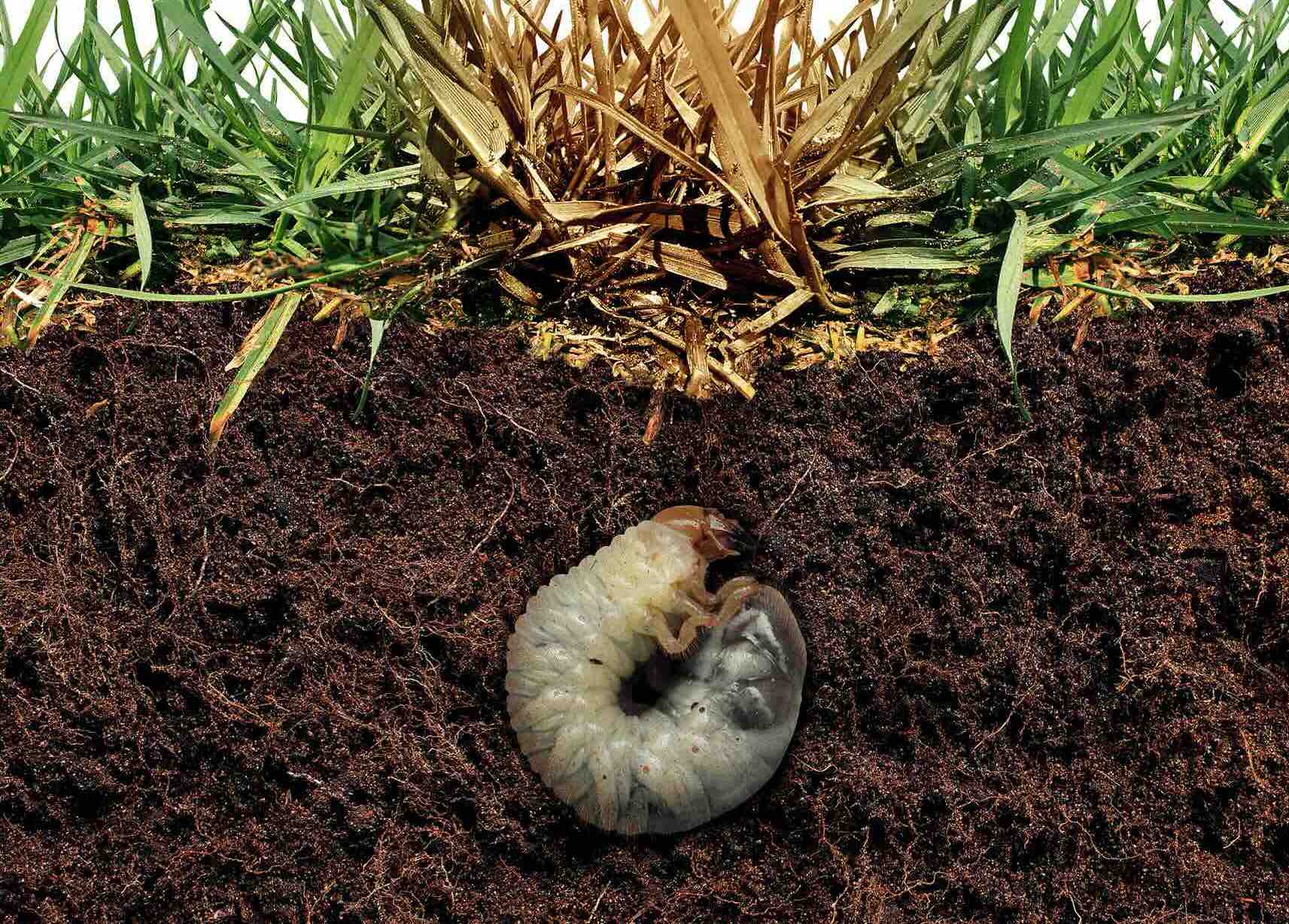
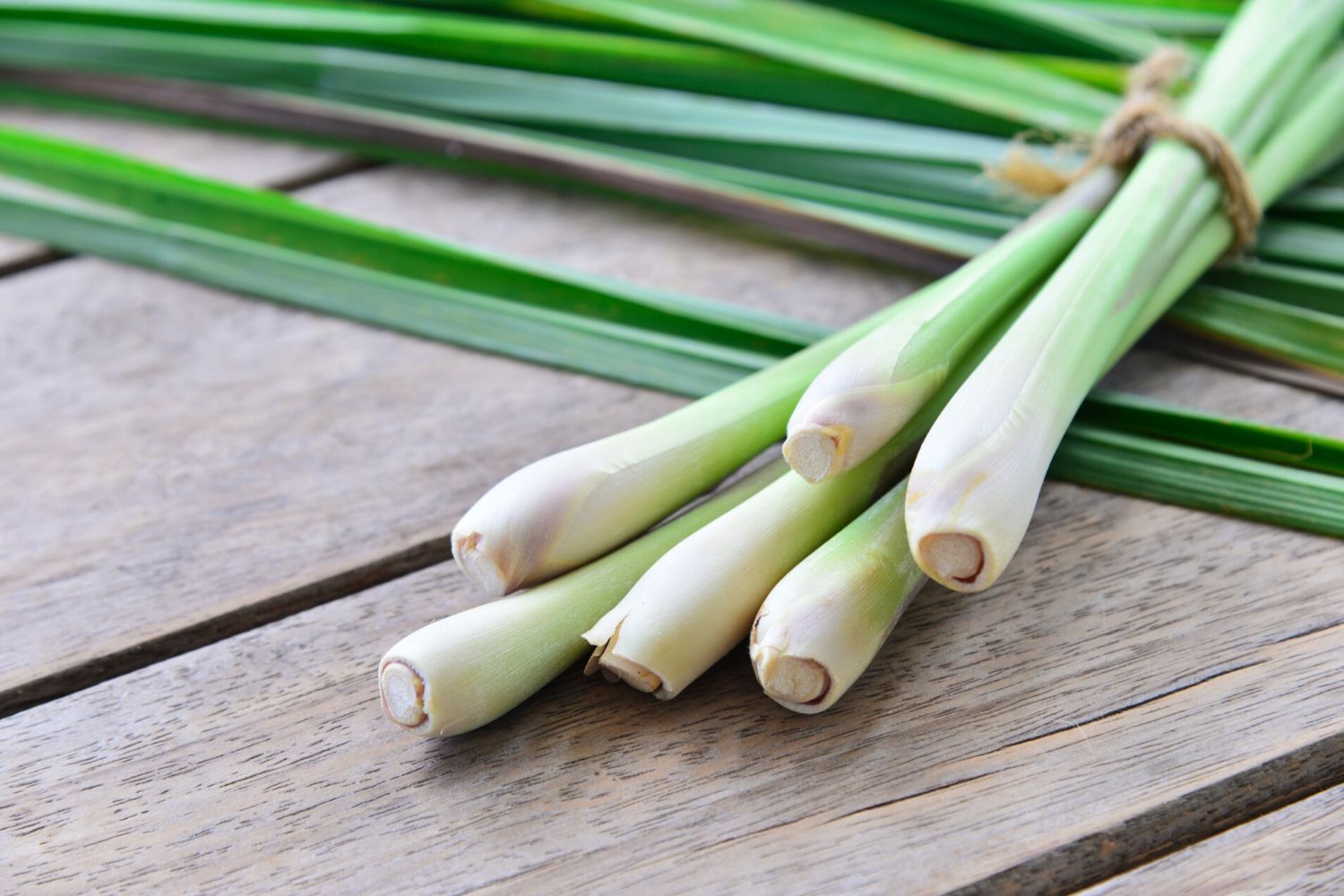
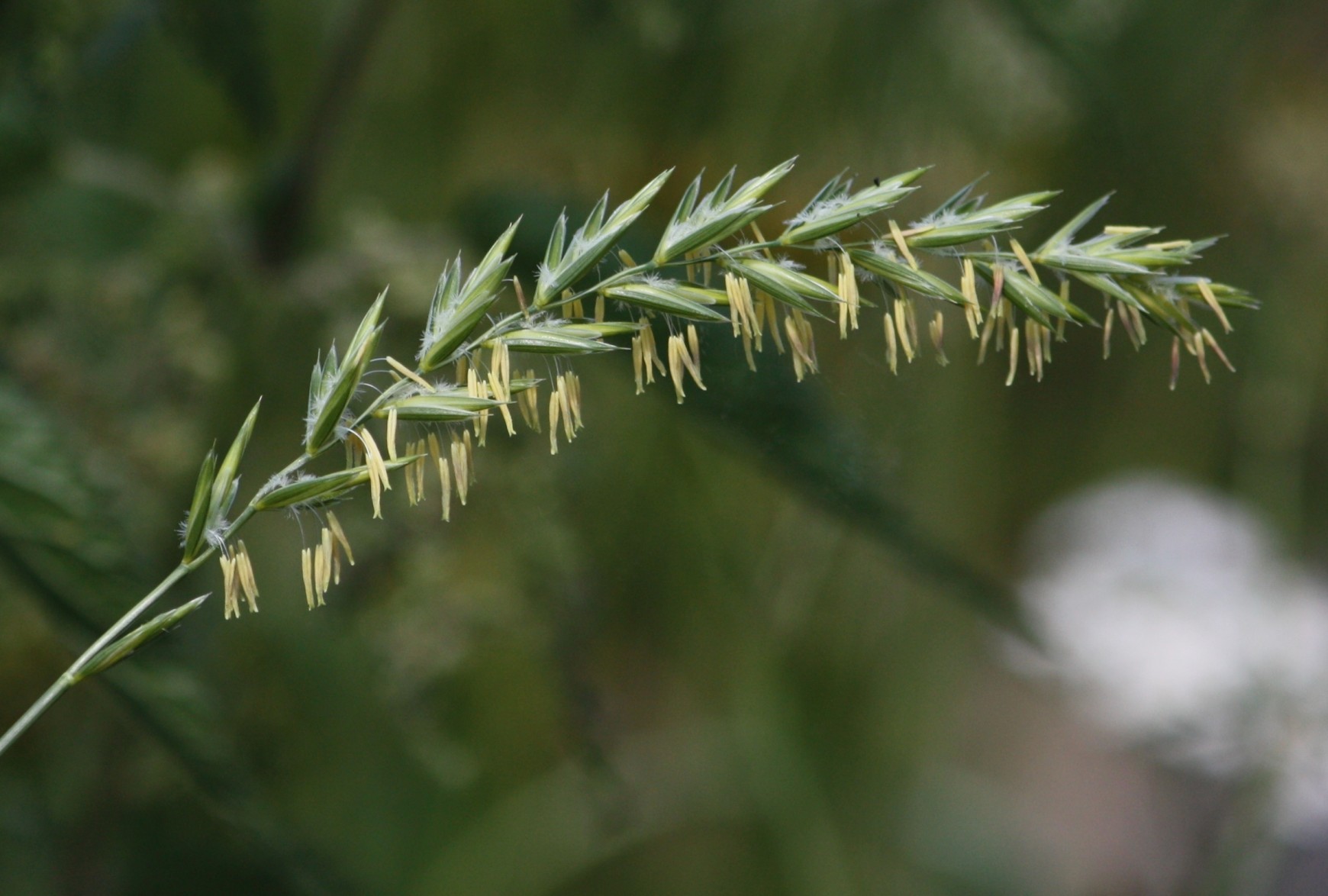
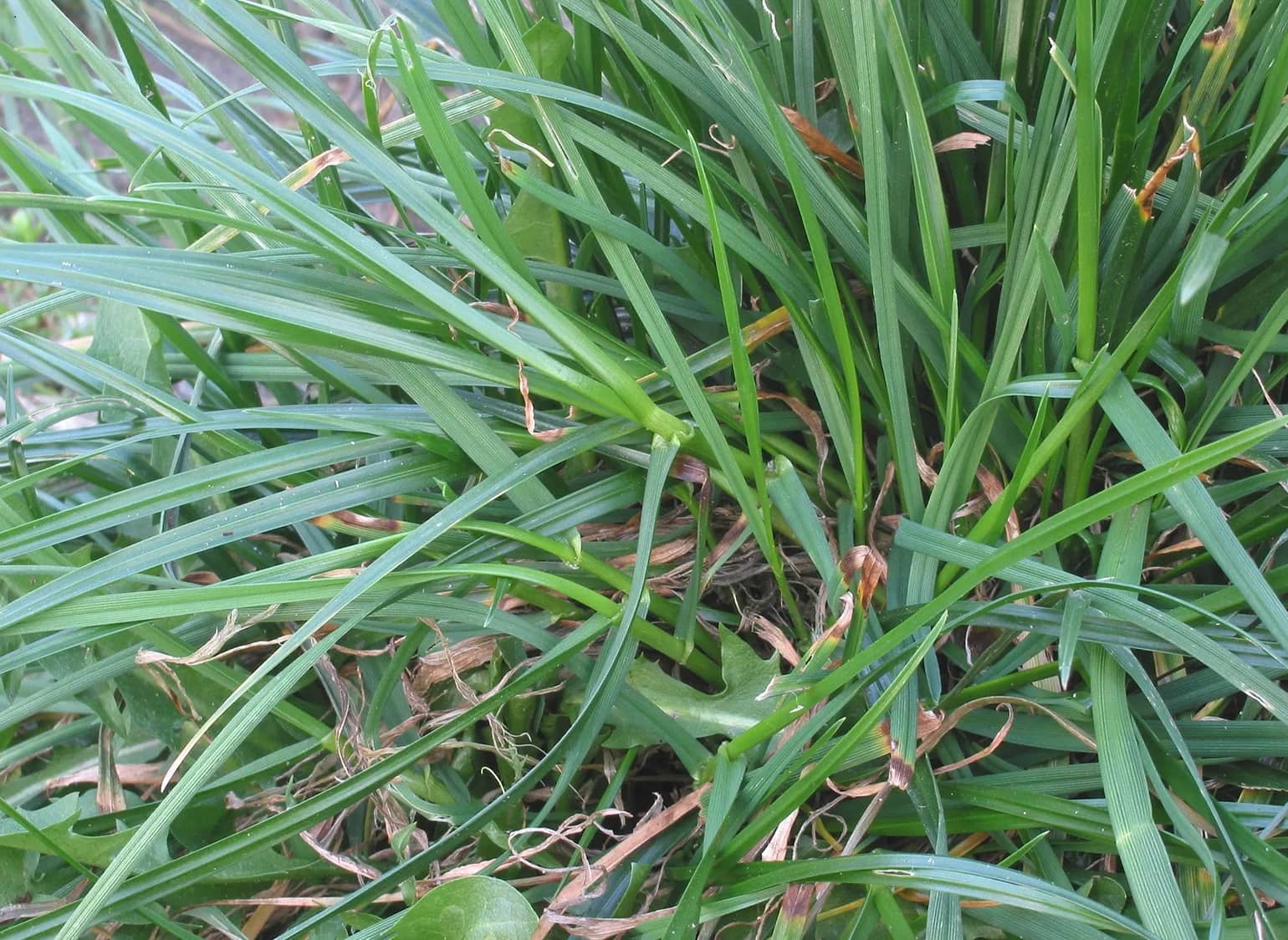
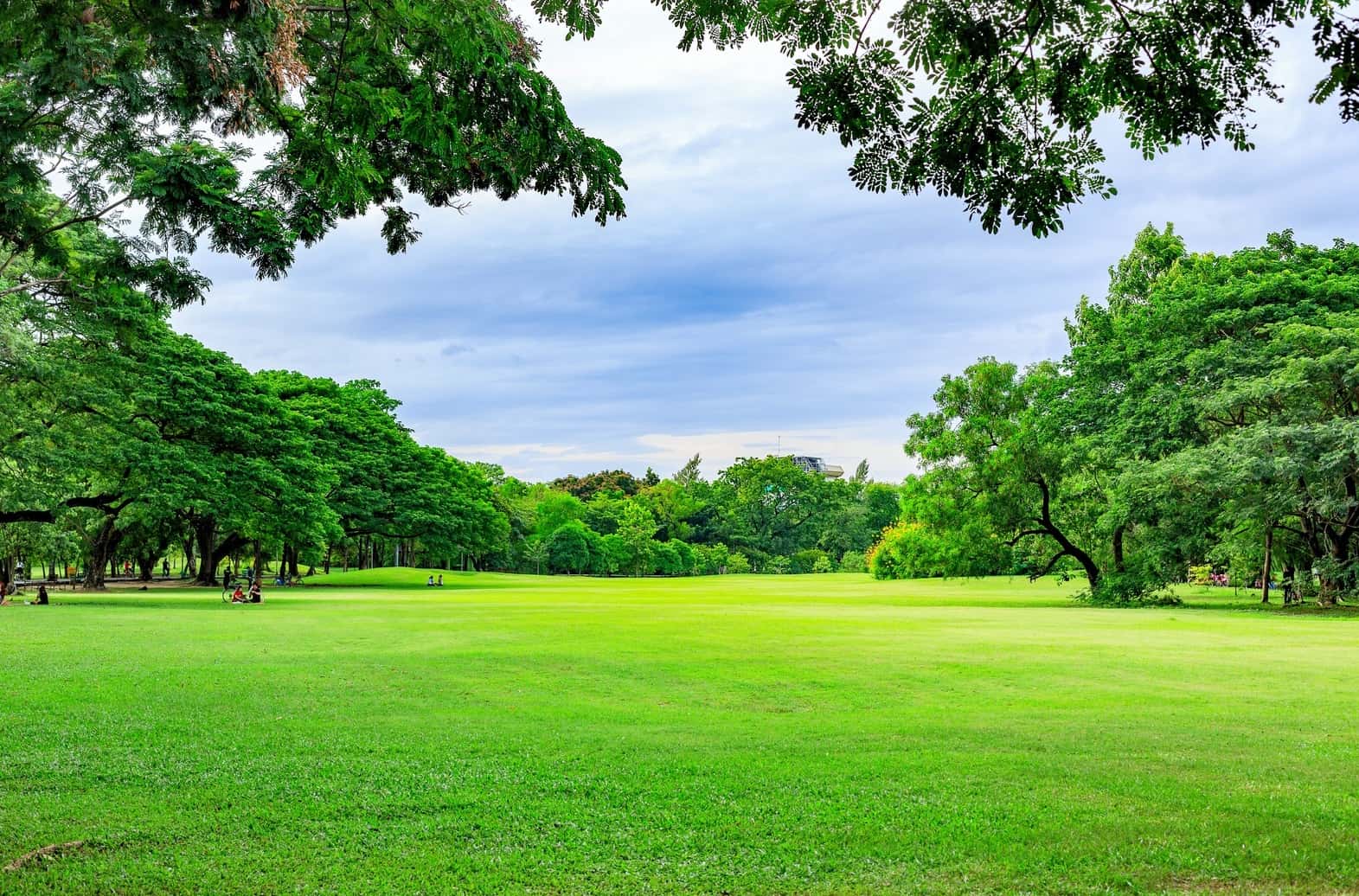
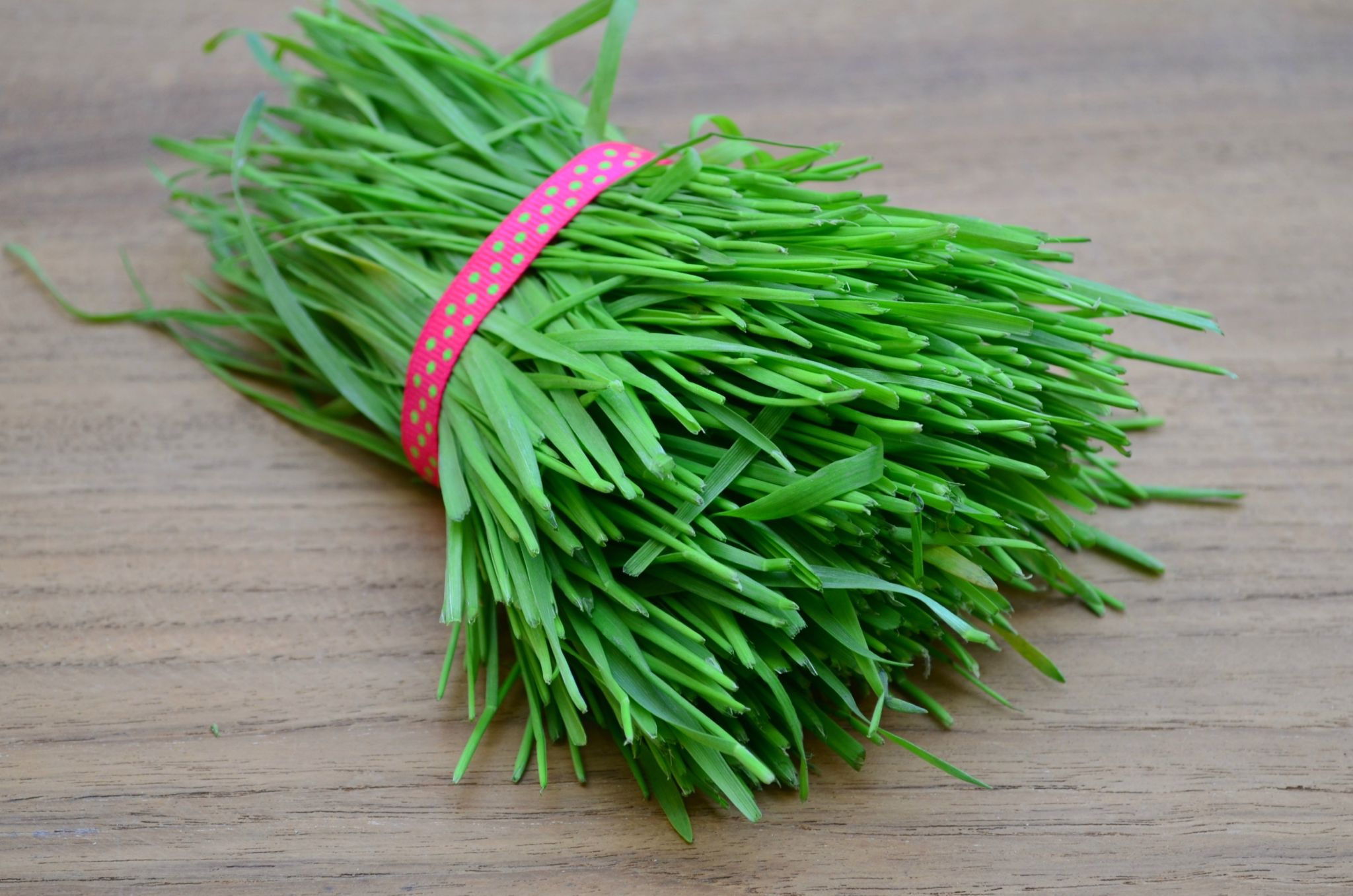

0 thoughts on “What Is Grass Grub”